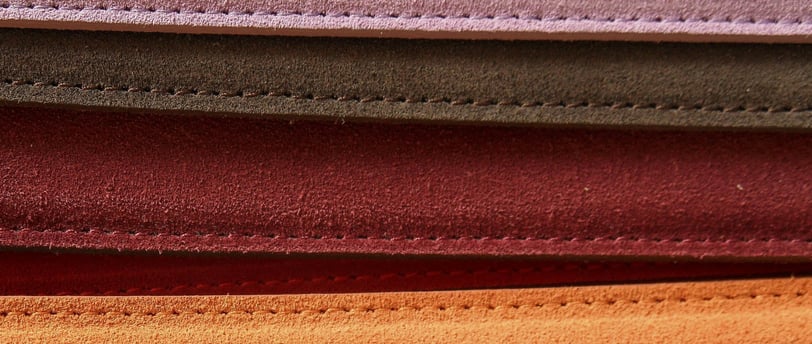The Future Of Vegan Leather
ETHICS & SUSTAINABILITYINNOVATION
3/12/20252 min read


Vegan leather, often hailed as an ethical and sustainable alternative to traditional animal-derived leather, has garnered significant attention in recent years. However, assessing its true sustainability requires a nuanced examination of the materials and processes involved in its production.
Historically, vegan leather has been synonymous with synthetic materials like polyvinyl chloride (PVC) and polyurethane (PU). While these materials eliminate the need for animal hides, they are derived from petrochemicals, raising concerns about their environmental footprint. The production and disposal of PVC and PU can release harmful toxins and contribute to microplastic pollution, challenging their classification as sustainable options.
In response to these concerns, innovators have developed bio-based vegan leathers using renewable resources:
Mushroom Leather: Brands like MycoWorks and Bolt Threads have pioneered the use of mycelium—the root structure of fungi—to create leather-like materials. Mycelium can be cultivated rapidly with minimal resources, and the resulting product is biodegradable under specific conditions.
Cactus Leather: Mexican company Desserto utilizes the nopal cactus to produce a leather alternative. Cacti require little water and no pesticides, making them an eco-friendly raw material. The resulting product is partially biodegradable and has been adopted in fashion and automotive industries.
Seafood Waste Leather: Startups like TômTex are transforming seafood shell waste and mushrooms into leather alternatives. By repurposing chitosan—a compound found in shellfish exoskeletons—TômTex offers a plastic-free and biodegradable material.
Despite these advancements, several challenges persist:
Many bio-based leathers are in early development stages, facing hurdles in mass production and consistent quality. Some startups are shifting focus from fashion to industries like furniture and automotive, which may offer faster adoption and larger order volumes.
Achieving a balance between product longevity and environmental degradation is complex. Enhancing durability often involves adding synthetic compounds, potentially compromising biodegradability.
While plant-based leathers reduce reliance on animals, the environmental impact of cultivating and processing raw materials varies. For instance, while cacti are water-efficient, other crops may require significant land and water resources.
The future of vegan leather is promising, with continuous innovations steering the industry toward more sustainable practices. However, it's essential to critically assess each material's environmental impact throughout its lifecycle. As technology advances and scalability improves, bio-based vegan leathers have the potential to become truly sustainable alternatives, reducing the fashion industry's ecological footprint.
